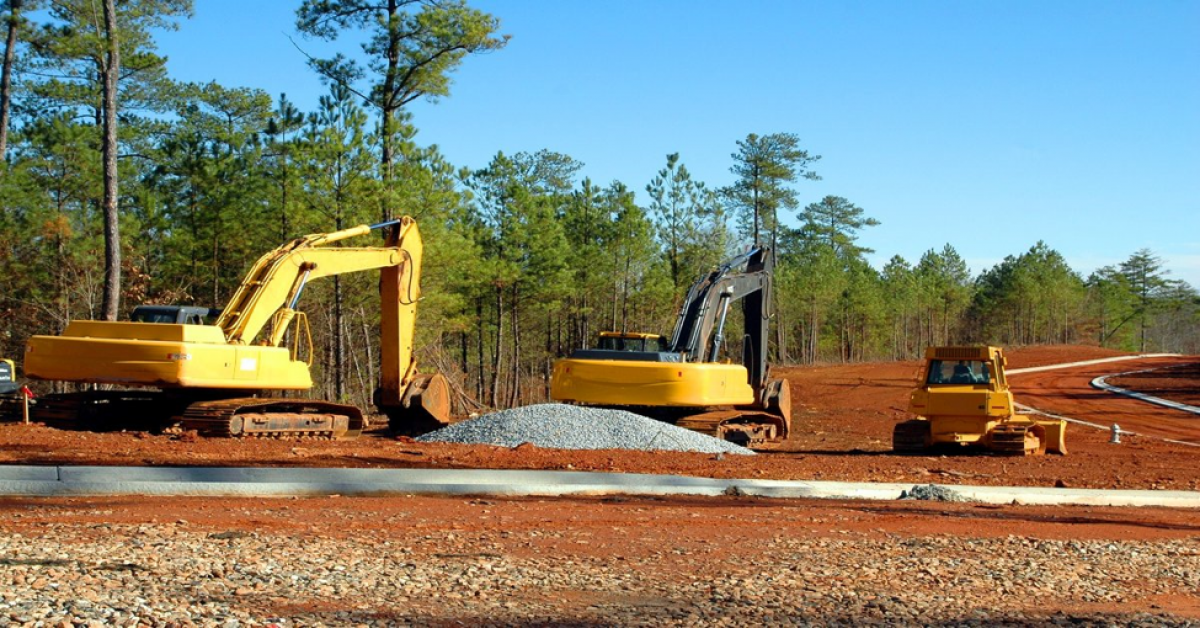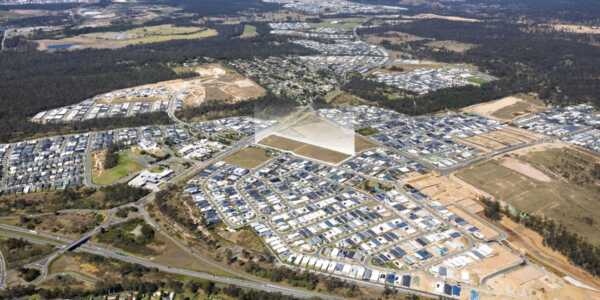Every developer must assess whether each new project could have a significant environmental impact. It isn’t just an optional obligation - it’s a part of the planning process.
The Australian Federal Government, along with states and territories, have laws in place to protect Australia’s environment and heritage culture. Before you begin any development project, you may need an Environmental Approval.
Environmental Approvals are important to ensure that Australia’s areas of national significance are protected. But they can also be a confusing matter to get your head around.
So in this post, we’ve outlined some of the things you need to know about Environmental Approvals, and whether they could be relevant to your proposed development.
What Are Environmental Approvals?
Environmental Approvals are essentially government permission to proceed with a project following an environmental assessment. They’re typically for large-scale infrastructure and resource projects.
Most environmental assessments consider the positive and negative, short-term and long-term impacts on the environment. They serve to ensure the conservation of ecosystems, as well as such matters as the protection of community aesthetics.
Many projects need to be assessed under all three levels of government legislation, as each level covers different matters of interest. Today, we’ll look at federal and state approvals.
Commonwealth Environmental Assessments
Areas of national interest in Australia are protected under the Environmental Protection and Biodiversity Conservation Act 1999, or the EPBC Act.
This Act stipulates that a land owner or developer may need to get an environmental assessment of a project to ensure it will not negatively impact Australia’s environment, biodiversity or heritage.
Protected matters of national interest include:
- National heritage places
- World heritage properties
- Wetlands of international importance
- Migratory species
- National threatened species and ecological communities
- The Great Barrier Reef Marine Park
- Commonwealth marine areas
- Water resources
- An environment where nuclear actions are involved
Projects that may need to be submitted for assessment are usually major developments, such as port development activities, mining activities, or clearing and developing land.
However, the law covers any type of project, including the construction, expansion, alteration or demolition of buildings or infrastructure, or the sale or lease of land.
State Environmental Assessments
Aside from federal environmental assessments, many more development projects have to undergo state-based assessments.
Environmental Impact Statement (EIS) or Statement of Environmental Effects (SEE)
In many states, projects may require the submission of a statement describing the impact your project could have on the environment.
Depending on the state or territory, these statements can be called Environmental Effects Statements, Environmental Impact Statements, or Statements of Environmental Effects.
This document showcases how your development project complies with local, regional, and state building and planning requirements.
An SEE could include:
- The proposed project design and plans
- An assessment of the project’s environmental footprint
- Steps taken to limit the project’s environmental impact
- An description of the site and surroundings
- An outline of the site’s previous uses and proposed use.
The Approval Process for Environmental Assessments
Before commencing a development, any developer may need to submit, or refer, their project proposal to the state or federal environment minister.
The minister then typically has 20 business days to decide whether your proposed project needs to undergo formal environmental assessment and approval.
The minister or a departmental delegate makes a referral decision based on whether there will be a significant impact on a protected matter.
Naturally, the type of decision the department makes will affect the amount of time it may take before you can continue to the next stage in the development process.
Decisions from the federal assessment include:
- Controlled actions, where the project will undergo further federal assessment.
- Not controlled action, particular manner, where your project needs no further assessment but must be carried out in a prescribed manner.
- Not controlled action, where the activity needs no further assessment and plans can go ahead.
- Action clearly unacceptable, where the project represents significant negative impact and cannot go ahead.
Let’s Talk About Costs
Naturally, the cost of getting Environmental Approval depends entirely on each individual project. It can vary based on whether you need approval from all three levels of government or just one.
And depending upon the outcomes from your referral, you may be facing further costs if your project has to undergo additional assessment, or proceed under specific instructions.
Because of this, the costs of securing Environmental Approval from state and federal governments can be unpredictable for developers.
Environmental Assessment Is a Critical Part of the Process
At the end of the day, it’s important for any company to showcase their consideration of the environment in their development plans.
While having an environment-focused ethos is a more sustainable approach in the long run, it also has the added benefit of improving public perception, which in turn can help with funding and getting your plans over the line.
For more about the development approval process, check out some of our other resources on our industry blog today









